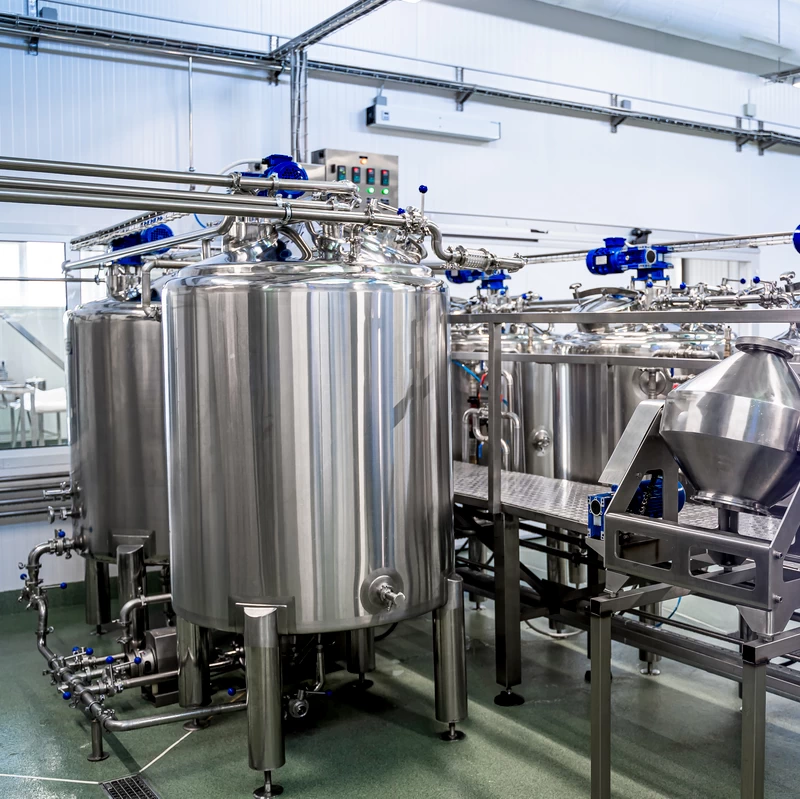The CIP (Cleaning in Place) cleaning process consists of several steps, which are performed with specialized equipment and detergents. Here is a step-by-step look at how a typical CIP cleaning process works:
1. Preparation of equipment and installations – before CIP cleaning, equipment and installations must be thoroughly prepared. To do this, disassemble equipment components such as filters, valves or pipes, and prepare special containers for detergent and water.
2. Detergent dissolution – an appropriate amount of detergent is added to the water containers to dissolve and remove contaminants from the equipment and installations. The detergents used in the CIP process are specially selected for the type and degree of contamination.
3. Start of the cleaning cycle – after the detergent is dissolved and the installation is prepared, an automatic cleaning cycle is started, which is controlled by a computer. CIP is an automated process, so the machine operator does not have to supervise the process on the fly.
4. Rinsing – during the cleaning cycle, a series of rinses are carried out in the equipment and installations to remove detergent and contaminants from the equipment and installations. During rinsing, water at the appropriate temperature and pressure is used.
5. Disinfection – after the cleaning cycle, a disinfection process is carried out. For this purpose, a special disinfectant is added to the water containers to destroy microorganisms and bacteria. Disinfection is particularly important in the food and pharmaceutical industries, where hygiene requirements are very strict.
6. Rinsing – after disinfection, another rinsing cycle is carried out to remove the disinfectant.
7. Completion of the process – after the disinfection and rinsing process is completed, the operators check that the entire process has been carried out correctly and that the equipment and facilities are clean and ready for the next production.
Process monitoring and control is also an important part of the CIP process to maximize cleaning efficiency and quality. CIP equipment operators must constantly monitor the process to avoid possible failures and ensure optimal cleaning conditions.
